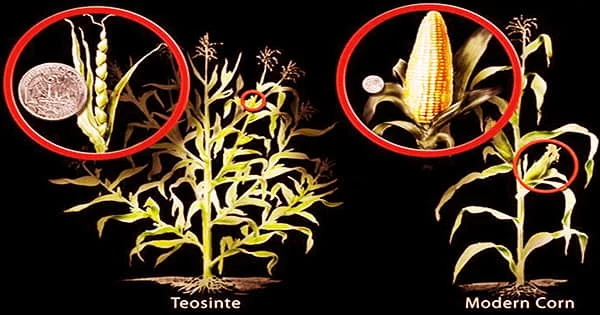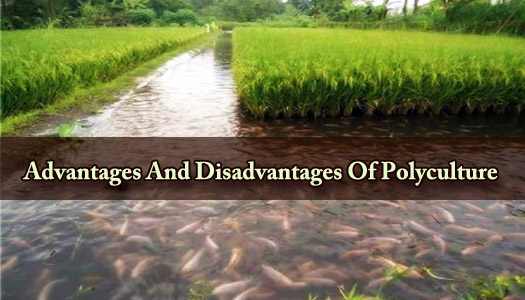Humans provide tremendous selection pressures on the plants that thrive on the environments we utilize by clearing forests, burning grasslands, plowing fields, and harvesting crops. Plants with long-distance seed-dispersal properties, such as fast yearly growth, absence of toxins, and numerous seed generations, were more likely to thrive in these changing anthropogenic settings.
Plant domestication changed the path of human history forever. Plant adaptation to agriculture was critical in the transition from hunter-gatherer to agricultural cultures, and it aided the development of cities and modern civilization.
Researchers propose in the present paper that these characteristics may have developed as adaptations for megafaunal mutualisms, allowing plants to thrive amid more sedentary human societies.
Domestication of vegetatively reproducing plants, such as tubers, is thought to have occurred before grains, legumes, and other vegetables were domesticated. Some plants were domesticated for the strong fibers found in their stalks, which were used to make fishing nets, among other things.
The current study proposes that the prevalence of certain anthropophilic features explains why a few plant groups, such as quinoa, some grasses, and knotweeds, have come to dominate crop and weed assemblages over the world.
These characteristics, according to the scientists, also explain why so many taxa appear to have been domesticated several times in different areas of the world at various times. Exaptation characteristics, or alterations in the function of an evolutionary feature, were responsible for the plants’ weediness and adaptability.

Rather than being a result of an active and involved human process, certain plants gradually gained popularity in the vicinity of villages, cultivated fields, and grazing land.
Grasses and field crops weren’t the only plants to benefit from previous adaptations in order to thrive in human settings; a few trees, for example, possessed favorable features such as large meaty fruits as a result of previous interactions with enormous browsers.
Many of these large-fruiting tree species were left with tiny, isolated populations after megafauna extinction at the end of the Pleistocene, paving the way for more dramatic alterations during subsequent hybridization.
The key to better understanding plant domestication may lay further in the past than archaeologists have previously thought; we need to think about the domestication process as another step in the evolution of life on Earth, as opposed to an isolated phenomenon.
Dr. Robert Spengler
When people began moving these trees, it was conceivable that they would hybridize with distant cousins, resulting in bigger fruits and more vigorous plants in certain situations. As a result, the domestication of many long-generation perennials appears to have been more fast and linked to population shifts caused by megafaunal extinctions.
“The key to better understanding plant domestication may lay further in the past than archaeologists have previously thought; we need to think about the domestication process as another step in the evolution of life on Earth, as opposed to an isolated phenomenon,” states Dr. Robert Spengler. He is the principal investigator on this article and the head of the archaeobotanical laboratory at the Max Planck Institute for the Science of Human History in Jena, Germany.
Archaeologists, geneticists, botanists, and paleontologists contributed insights from their respective disciplines to reframe how scholars think about domestication in this book. The collaboration’s purpose is to encourage scientists to think about the plants’ deeper ecological legacies and pre-cultivation adaptations.
Prof. Nicole Boivin, director of the Max Planck Institute’s Department of Archaeology in Jena, researches the ecological effects of humans in the distant past. “When we think about the ecology of the origins of agriculture, we need to recognize the dramatic changes in plant and animal dynamics that have unfolded across the Holocene, especially those directly resulting from human action,” she adds.
Finally, the researchers predict that the next great discovery in plant domestication research may come from restored megafaunal environments, rather than archaeological excavations, labs, or current agricultural fields.
Dr. Natalie Mueller, one of the authors, is conducting a study on North American restored prairies to see whether there are any linkages between bison and the North American Lost Crops. Similar research might be undertaken on restored megafaunal landscapes in Europe, such as Poland’s Bia?owieski National Park, Russia’s Ust’-Buotoma Bizon Park, and Russia’s Pleistocene Park.
Dr. Ashastina, another author on the paper and a paleontologist studying Pleistocene vegetation communities in North Asia, states, “these restored nature preserves provide a novel glimpse deep into the nature of plant and animal interactions and allow ecologists, not only to directly trace vegetation changes occurring under herbivore pressure in various ecosystems, but to disentangle the deeper legacies of these mutualisms.”
















